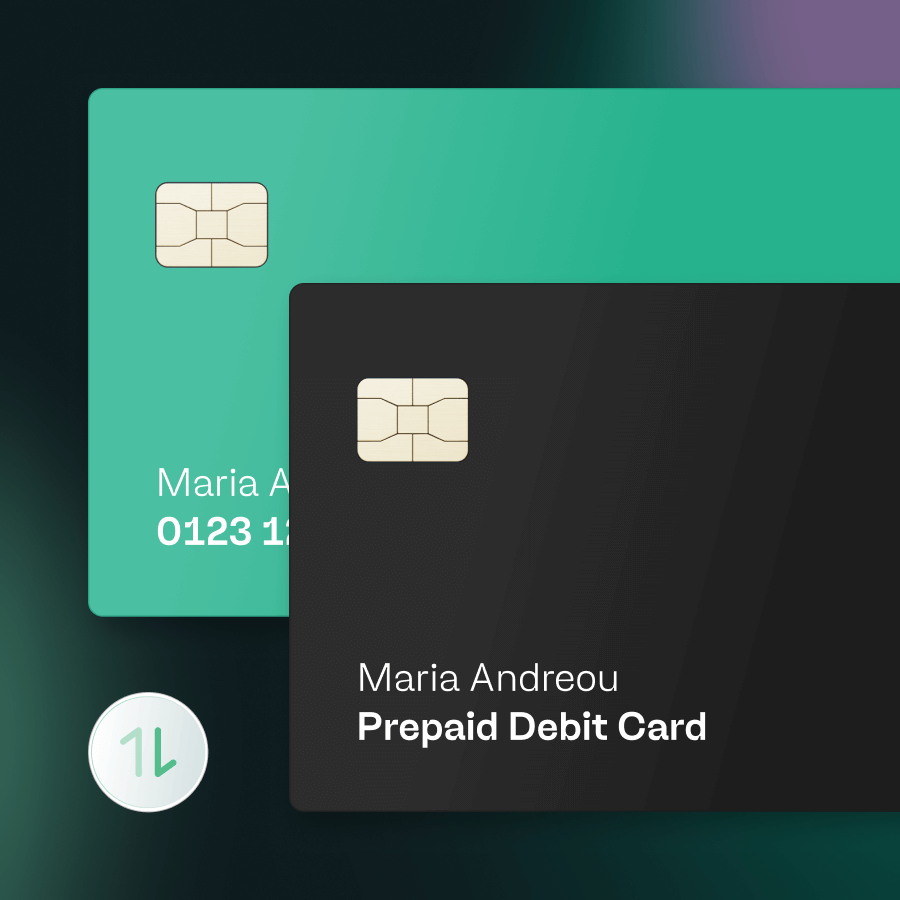
A 2024 interview with Visa’s SVP Mark Jamison revealed the shift in preference to real-time payments and banking as a leading trend in the payments industry. Our own findings at payabl. show that 60% of payment industry professionals view increased demand for convenience as a major driver of innovation.
Account funding transactions now play an essential role in this process. Enabling smooth transfers of money from accounts belonging to the same customers, this type of transaction can give crypto and forex exchanges payment flexibility to increase value and performance of your payment setup.
What is an AFT?
An account funding transaction (AFT) allows merchants, exchanges, financial institutions or PSPs to directly debit a customer’s account for specific types of payments, such as depositing funds into a digital wallet.
Account funding transactions fall under the category of “pull” transactions. In a pull transaction, the customer gives their payment service provider permission to directly access their account to take and deposit funds into a separate account. Customers maintain control over when the funds are withdrawn and where they ultimately end up, as if being pulled from one account to another.
Common uses of AFTs include funding prepaid card accounts or facilitating transfers of funds between different accounts belonging to the same customer, such as a checking and a savings account. Another popular application of AFTs is enabling fund transfers to digital and mobile wallets, which can then be used for simplified person-to-person (P2P) payments.
With alternative payment methods on the rise, AFTs give you the freedom to offer more ways to pay and making it easier for your customers to transfer money between accounts.
Push vs. pull: The difference between an AFT and an OCT
If AFTs involve pulling, where does pushing come in?
A “push” transaction happens when a customer’s account sends (aka, pushes) funds to a new destination outside of the customer’s personal accounts. OCTs (Original Credit Transactions) , meanwhile, are the reverse transaction. If AFT is a deposit (pay-in), OCT is a withdrawal (pay-out), enabling the provider to credit payments directly to a customer’s account.
Both AFTs and OCTs play important roles in payments and, more broadly, financial management. For example, an AFT can allow customers to directly fund a mobile wallet, such as Google Pay or Apple Pay. After funding the wallet, payment providers can use OCTs to ensure the smooth transfer of funds between the wallet and the recipient of a payment for goods or services rendered.
Can your business benefit from AFTs?
While AFTs offer limited advantages to businesses and customers, they are mandatory for financial services, forex and cypto exchanges, deemed "liquid assets" by Visa and Mastercard rules. The Card Schemes were pushed to implement AFTs by local regulators for AML. Visa’s deadline was January 2025, Mastercard’s is August 2025.
AFTs make it possible to build more efficient money management products that allow end-users to easily transfer funds with minimal frustration or extra costs. An AFT can bypass intermediaries and complete money movements at faster rates, giving you the ability to disburse funds quickly and securely.
For customers, AFTs simplify the process of receiving and managing funds. As an example, let’s say your business issues payment accounts to customers. With an AFT, a customer can add funds to or top up their account much faster than they could through a traditional bank transfer. The customer can access their funds sooner, and you can sidestep costly transfer fees.
What’s in store on the road ahead for AFTs?
AFTs represent a larger trend towards a more open and connected financial industry.
As it stands now, AFTs can face eligibility limitations due to non-participating networks or card issuers. AFTs also depend heavily on the availability of the appropriate technologies, making troubleshooting payment issues more complex.
However, despite these drawbacks, AFTs remain a critically important component of modern payments.
Customers and businesses alike need the capability to transfer funds quickly between accounts without delaying or disrupting the payment process.
From a compliance standpoint, AFTs are becoming a more crucial technology for meeting current regulatory expectations. For example, Visa requires acquirers to enable AFT origination in a variety of use cases. While we have yet to see broad global requirements for AFTs, it’s clear that implementing and enabling the technology is essential for compliance with network and provider standards.
Mandatory data fields for AFT transactions
AFTs are highly regulated due to their potential use in funding non-merchant accounts (like wallets or cards) and their associated risk exposure. As such, card networks enforce stricter data requirements than for standard purchase transactions. Key mandatory fields typically include:
Cardholder & sender data
To meet KYC/AML compliance and fraud prevention standards:
- Cardholder name
- Cardholder date of birth
- PAN (Primary Account Number)
- Card expiry date
- Billing address or post code
- IP Address / Device Data (often required to support risk scoring)
- Email / phone number (especially if linked to P2P or wallet funding)
Recipient data
When funds are being moved to a non-merchant account, schemes may require:
- Beneficiary name
- Beneficiary account or wallet ID
- Purpose of transaction (optional but recommended for certain verticals like iGaming or remittance)
Risk flags & compliance indicators
Schemes often require enhanced transparency for AFTs:
- Source of funds
- Purpose of funds
- Fraud/Risk scoring outcome (e.g., if AI decisioning or 3DS was applied)
- AML screening result (if available)
Why it matters
Submitting incomplete or inaccurate AFT data can lead to:
- Declines by the scheme
- Delayed settlements
- Compliance violations
- Higher fraud exposure and chargeback risk
payabl. helps ensure every AFT you send meets all data, compliance, and security requirements—automatically. Our platform handles schema validation and integrates identity and fraud screening directly into the transaction flow.
Choosing the ideal accounts for your business
To harness the power of AFT (and OCT) transactions, you need more than just network access to VisaNet or Mastercard. You need a payment partner who can connect you, end-to-end—with built-in compliance, fraud controls, and risk mitigation from day one.
As your all-in-one payment gateway, processor, and acquirer, payabl. enables your business to perform AFTs securely and at scale—whether you’re funding prepaid cards, digital wallets, or peer-to-peer transfers. With full network connectivity and embedded AI fraud prevention, you don’t just move money—you do it with confidence.
We also support a wide range of global payment methods and multi-currency settlement, so you can grow across borders while keeping fraud in check.
Let’s talk about how AFTs with payabl. can unlock new opportunities—without adding risk.
